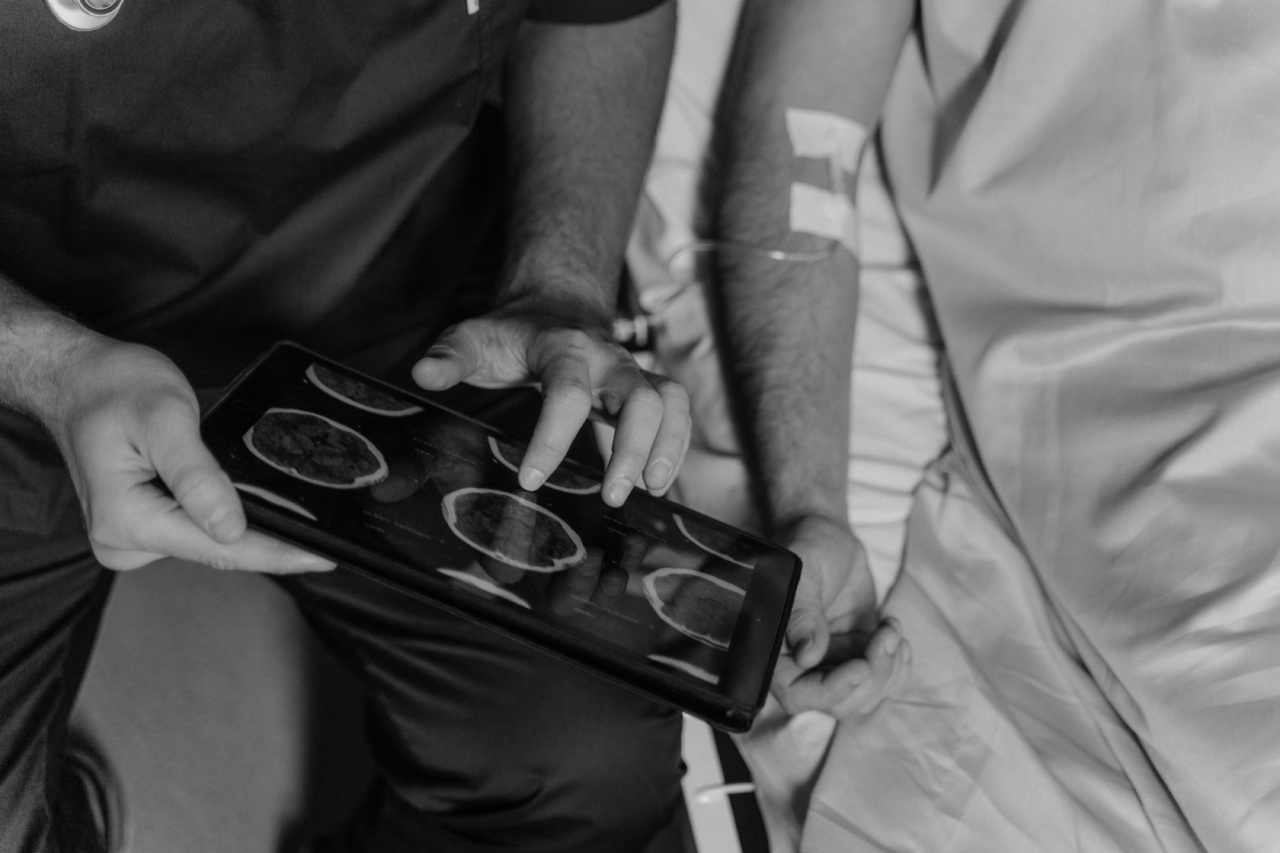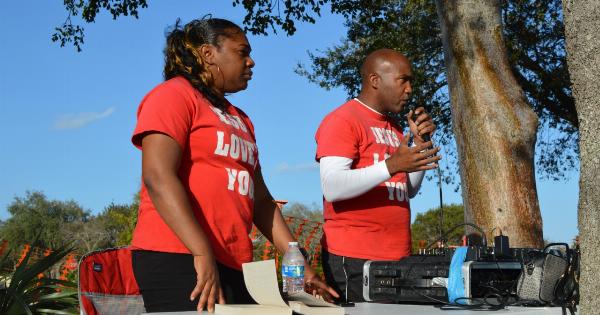Testicular cancer is a highly treatable and curable form of cancer that primarily affects men between the ages of 15 and 35. Despite its significance, testicular cancer remains a taboo subject in society.
This article aims to shed light on this often-neglected illness, providing essential information about its causes, symptoms, treatments, and prevention.
Understanding Testicular Cancer
Testicular cancer occurs when abnormal cells in the testicles begin to grow and divide uncontrollably. It typically manifests as a painless lump or swelling in one or both testicles.
While the exact cause of testicular cancer is unknown, several risk factors have been identified:.
1. Age
Testicular cancer is most common in young and middle-aged men, with the majority of cases occurring between the ages of 15 and 35.
2. Undescended Testicles
Men born with undescended testicles (cryptorchidism) have an increased risk of developing testicular cancer. The risk remains even after surgery to correct the condition.
3. Family History
Having a father or brother who has had testicular cancer increases the risk of developing the disease. Genetic factors may play a role in its occurrence.
4. Abnormal Testicle Development
Certain conditions, such as Klinefelter syndrome or gonadal dysgenesis, can result in abnormal testicle development and heighten the risk of testicular cancer.
Recognizing the Symptoms
Recognizing the signs and symptoms of testicular cancer is vital for early detection and timely treatment. Common symptoms may include:.
1. Painless Lump or Swelling
One of the most telltale signs of testicular cancer is a painless lump or swelling in either testicle. This lump may feel hardened or lumpy, and it should be evaluated by a healthcare professional promptly.
2. Pain or Discomfort
Though testicular cancer is often painless, some individuals do experience pain or discomfort in the testicle or scrotum. This pain can develop suddenly or worsen over time.
3. Changes in Testicular Size or Shape
Noticing significant changes in the size, shape, or consistency of the testicles can be a potential sign of testicular cancer. Any irregularities should be promptly reported to a medical professional.
Diagnosis and Treatment Options
When testicular cancer is suspected, a healthcare professional will perform a thorough examination and may recommend further diagnostic tests, including:.
1. Ultrasound
An ultrasound scan uses high-frequency sound waves to create images of the testicles. This non-invasive procedure can help distinguish between a cancerous and non-cancerous lump.
2. Blood Tests
Blood tests measure the levels of certain tumor markers that may indicate the presence of testicular cancer. These markers include alpha-fetoprotein (AFP), human chorionic gonadotropin (HCG), and lactate dehydrogenase (LDH).
3. Biopsy
In some cases, a biopsy may be required to confirm the diagnosis. This involves removing a sample of the testicular tissue for examination under a microscope.
Once diagnosed, treatment options for testicular cancer are highly successful, especially if detected early:.
1. Surgery
The primary approach for treating testicular cancer is surgical removal of the affected testicle, a procedure known as a radical inguinal orchiectomy. This surgery rarely affects sexual function or testosterone production.
2. Radiation Therapy
Radiation therapy utilizes high-energy X-rays or other forms of radiation to target and destroy cancer cells. It may be recommended after surgery to eliminate any remaining cancer cells in the body.
3. Chemotherapy
Chemotherapy involves the use of powerful drugs to kill cancer cells. It is often administered if the cancer has spread beyond the testicles or if there is a high risk of recurrence.
Preventing Testicular Cancer
Although testicular cancer cannot be completely prevented, several strategies can help reduce the risk:.
1. Regular Testicular Self-Exams
Performing regular testicular self-exams helps familiarize individuals with their testicles’ normal size, shape, and consistency. Any changes detected during self-exams should be reported to a medical professional.
2. Protecting the Testicles
Engaging in sports or activities with a risk of testicular injury, such as contact sports, carries a higher risk of testicular cancer. Wearing protective gear, such as a cup, can help reduce this risk.
3. Addressing Testicular Abnormalities
Men with undescended testicles should consult a healthcare professional for proper evaluation and treatment. Corrective surgery may be necessary to reduce the risk of developing testicular cancer.
Breaking the Taboo: Spreading Awareness
Despite being highly curable, testicular cancer remains a taboo subject, often leading to late-stage diagnoses and a lack of awareness. By breaking the silence surrounding this disease, we can encourage early detection and save lives.
It is vital to start conversations about testicular cancer, educate others about its symptoms and risk factors, and advocate for regular screenings.
Together, we can eliminate the stigma associated with this disease and empower men to take charge of their health.





























